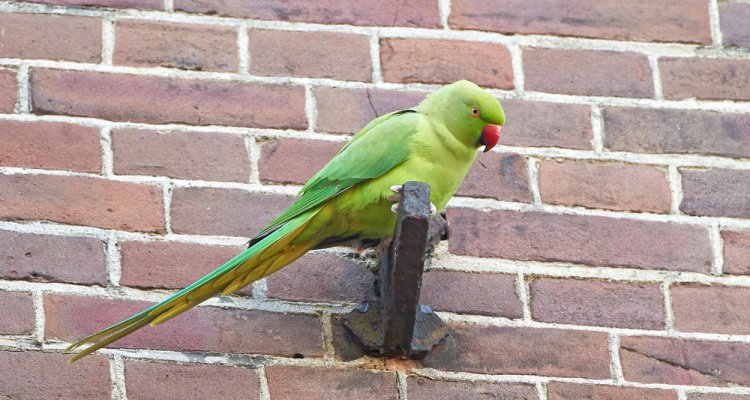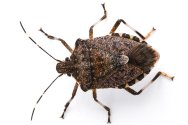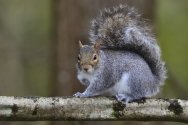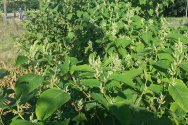
Dossier
Exotic species in the Netherlands
Exotic species, also known as alien or introduced species, are animals, plants, fungi or micro-organisms imported through human activity into an area where they do not originally occur, but where they proceed to thrive. Species which were introduced to the Netherlands before the year 1500, such as the rabbit, the pheasant and the mute swan, do not count and are considered indigenous.
Exotic species are sometimes introduced deliberately. An example is the multicoloured Asian ladybird, released in Europe 20 years ago to combat aphids. Pheasants and fallow deer were once released as hunting game. And every year hundreds of turtles and pond perch are released into Dutch watercourses when their owners have had enough of them.
But a lot of species get introduced by accident. Sometimes pets or ornamental animals escape from captivity, as did the Egyptian goose, the Pallas’s squirrel and the Italian crested newt. Marine creatures such as the Chinese mitten crab are brought in with ballast water from ships; the tiger mosquito hitches a ride on tropical plants. And since a canal was dug between the Rhine and Danube 20 years ago, fish species from the Danube watershed, such as the round goby and the money goby, have been able to reach our waters.
There is another category of newcomers that we do not count as exotic: species such as the great egret, whose habitat is shifting as a result of climate change. They are counted in the same category as the lynx, wildcat, wolf and perhaps the golden jackal: animals that settle here of their own accord.
Species monitoring through eDNA
With the help of environmental DNA (eDNA), researchers can demonstrate the presence of animal species, for example based on water samples.
Publications
-
Path creation as a discursive process : A study of discussion starters in the field of solar fuels
Social Studies of Science (2025), Volume: 55, Issue: 1 - ISSN 0306-3127 - p. 62-84. -
Application of flow airlift fluidized bed (CAFB) - Aerobic denitrification bioreactor using polycaprolactone (PADR) as organic carbon source and biofilm carrier for synthetic marine aquaculture wastewater treatment
Aquaculture (2025), Volume: 595 - ISSN 0044-8486 -
Quantifying the Photosynthetic Quantum Yield of Ultraviolet-A1 Radiation
Plant Cell and Environment (2025), Volume: 48, Issue: 1 - ISSN 0140-7791 - p. 109-121. -
NorDark-DT : A digital twin for urban lighting infrastructure planning and analysis
Environment and Planning B: Urban Analytics and City Science (2025), Volume: 52, Issue: 3 - ISSN 2399-8083 - p. 667-688. -
Photonic Whitener Pigments: A Sustainable Alternative to Titanium Dioxide Nanoparticles
Advanced Optical Materials (2025), Volume: 13, Issue: 1 - ISSN 2195-1071 -
Food essentialism is associated with perceptions of plant-based meat alternatives possessing properties of meat-based products
Food Quality and Preference (2025), Volume: 123 - ISSN 0950-3293 -
A pragmatic protocol for seed viability monitoring in ex situ plant genebanks
Genetic Resources and Crop Evolution (2025), Volume: 72, Issue: 1 - ISSN 0925-9864 - p. 49-59. -
Microalgal lipid production : A comparative analysis of Nannochloropsis and Microchloropsis strains
Journal of Applied Phycology (2025), Volume: 37, Issue: 1 - ISSN 0921-8971 - p. 15-34. -
Electrification of Oxidized Starch Production – Influence on Product Quality
Starch-Stärke (2025), Volume: 77, Issue: 2 - ISSN 0038-9056 -
Consumer acceptance of mycelium as protein source
Food Quality and Preference (2025), Volume: 122 - ISSN 0950-3293




